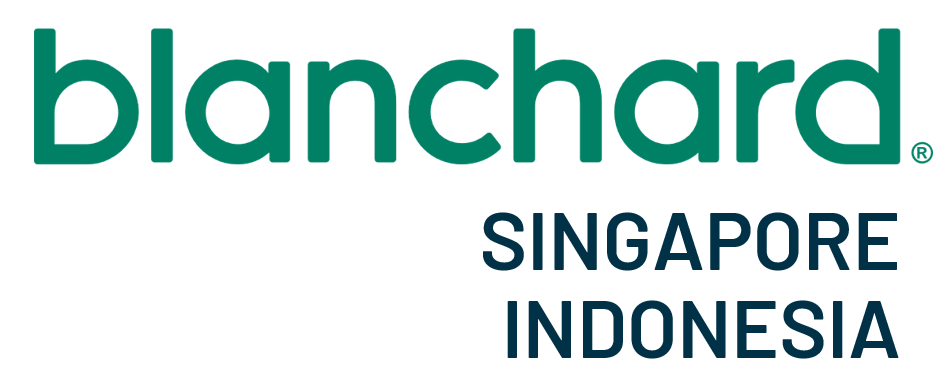
Date: 5th September 2022
Different Types of Leadership Styles and When to Use Them
Doing a quick google search will show you a variety of leadership styles. Democracy, Autocratic Leadership, Laissez-faire Leadership, Strategic Leadership, Transformational Leadership, Transactional Leadership, Coach-Style Leadership, Bureaucratic Leadership, and so on! What do you choose and are they effective with so many options?
All managers come in different shapes and sizes. No matter if you are the owner of your own business or an assistant manager at your local fast food restaurant, you need to make sure you have different leadership styles to find out which is the best for each person on your team in order to make them productive. But how do you figure out what approach to use, and to whom do you apply it? This is one of the most challenging aspects of leadership, as a leader first you have to figure out and diagnose the needs of your staff.
Diagnosing Development Levels
Based on Ken Blanchard’s SLII model, each situation and each individual have their own need for a different type of leadership. There is no one-size-fits-all leadership style. You should adapt to the needs of the people you lead, using different approaches for different situations and being consistent with your approach in order to avoid creating unnecessary frustration.
There are 4 types of development levels your employees may fall into:
D1 (Enthusiastic Beginner) – Low Competence & High Commitment
As this learner is new to the tasks, they have no idea what they do not know. They are eager to learn and are willing to follow instructions.
D2 (Disillusioned Learner) – Low to Some Competence & Low Commitment
The learner is somewhat new to the task or has some experience, but doesn’t know how to move forward. They are discouraged, frustrated, and may even give up.
D3 (Cautious Contributor) – Moderate to High Competance & Variable Commitment
This learner is very skilled and has lots of experience, but sometimes feels uncertain and hesitant.
D4 (Self Reliant Achiever) – High Competence & High Commitment
Very accomplished and competent, self-assured and inspires others.
Once you have identified which phase your team member is at, you then apply the appropriate leadership style. There are 4 types of leadership styles to meet the needs of the 4 development phases. There is the directive style, the coaching style, the supporting style, and the delegating style.
Directing Leadership Style (S1)
Directing is the leadership style that most new employees need to work with (D1 – Enthusiastic Beginner). Characterized by their inexperience and lack of ability, those in this category may also have feelings of insecurity.
Rather than spending the time building a relationship with the employee, they need to stay focused on doing their tasks well.
What D1 needs:
Timelines and check in points
Priorities
Role Clarity
Detailed Plan
Solutions to problems
Coaching Leadership Style (S2)
Coaching is for employees who have developed competence in addition to a willingness to take greater initiative (D2 – Disillusioned Learner). They aren’t quite confident in their skills but are getting there.
Until this point, the leader must continue to be primarily task-oriented, which may require an equivalent time commitment. They now have the chance to more intimately develop the relationship with the employee, now that some measure of trust has been established and a dialogue has opened up. They still need to be paying close attention to what is being said.
What D2 needs:
Someone to listen to concerns
More clarity on roles and goals
Perspective
Coaching to refine skills
Reassurance and encouragement
Supporting Leadership Style (S3)
Support entails assisting the employee who is now qualified for the job, but may be inconsistent and still uncommitted (D3 – Cautious Contributor). The follower may be noncompliant or slacking off on their responsibilities despite their level of skill with the tasks.
The leader and follower must work together and cooperate. While the leader is less hands-on, the leader still needs to provide check-ins to ensure the follower is progressing satisfactorily.
A person in the position of a follower has become quite capable, but is not yet convinced in his or her ability or not fully committed to his or her work. The leader must now shift from assigning tasks to relationships between the leader, the follower, and the group.
What D3 Needs:
Opportunities to demonstrate competence
Opportunities to test ideas
A vote of confidence and encouragement
Reminders of past successes
Suggestions for making the goal more interestingor challenging (if motivation is low)
Delegating Leadership Style (S4)
Delegation is ultimately about building the employee who feels fully empowered and competent enough to run with the ball, with minimal supervision (D4 – Self Reliant Achiever). The follower is highly competent, highly committed, highly motivated, and highly empowered.
The leader can now delegate tasks to the follower and observe the results with minimal follow-up, knowing that acceptable or even excellent results will be achieved. Tasks are low priority; relationships are low priority. While the follower need not be complimented on every task, it should be praised when they perform exceptionally well.
What D4 Needs:
Trust
Visibility as a contributor/an expert
Opportunities to be creative and innovative
Opportunities to teach and mentor others
To be valued for contributions
Servant Leadership
In a nutshell, by identifying the needs of your people and providing appropriate leadership to address their needs, you are being a servant leader.
Servant leaders promote a people-first mindset and understand that if their team members are fulfilled personally and professionally, they are more effective. Consequently, these leaders tend to receive greater respect.
The servant leadership style is great for companies of any size and sector because these leaders are experts at fostering employee morale and giving people the drive to continue working.
How your team can benefit from Servant Leadership.
Higher motivation
Increase in collaboration and engagement
Higher commitment to the team
Boost employee loyalty and productivity
Improve employee development and decision-making
Cultivate trust and create future leaders
Leadership Styles: An Adept Leader, Is a Practical Leader
Leadership can take different approaches at different developmental levels because the conditions needed for success at each level are different. No one-size-fits-all strategy applies to leadership, and you should be suspicious of anyone who claims that there is. Effective leaders provide support to their teams in various areas of difficulty and focus on practical needs of the people they’re leading. Managers who practice situational leadership give their teammates exactly what they need when they need it.
Interested in learning more about Ken Blanchard’s SLII Leadership Training for your team’s leadership development?
Get in touch with us at contact@kenblanchard.com.sg
